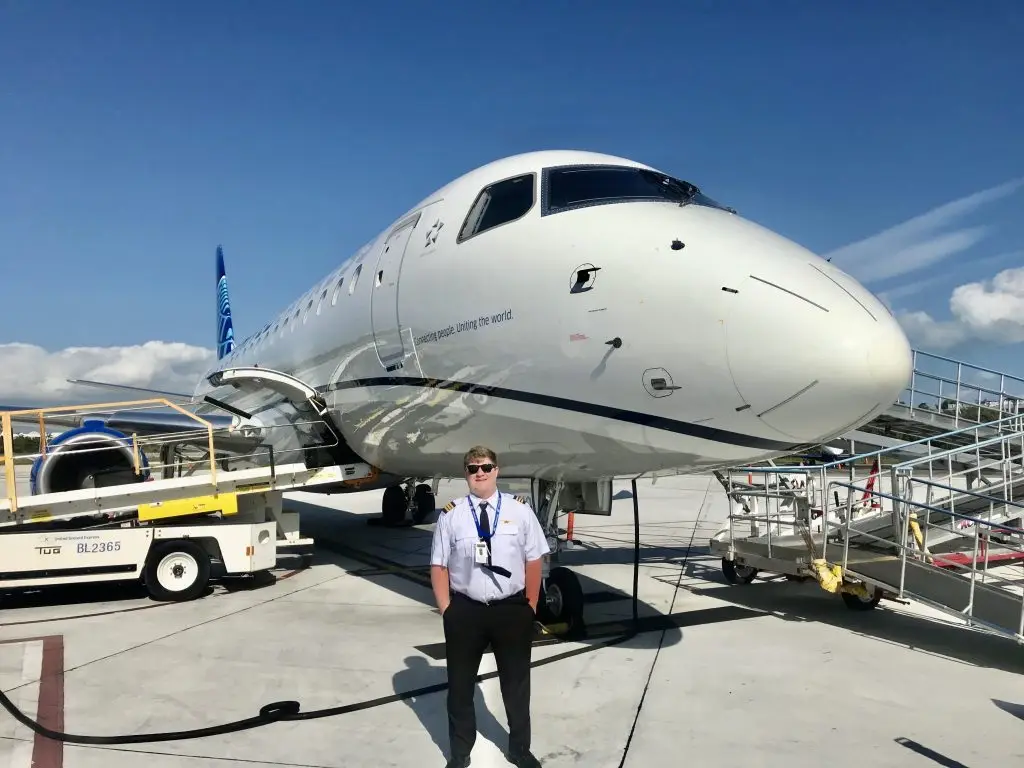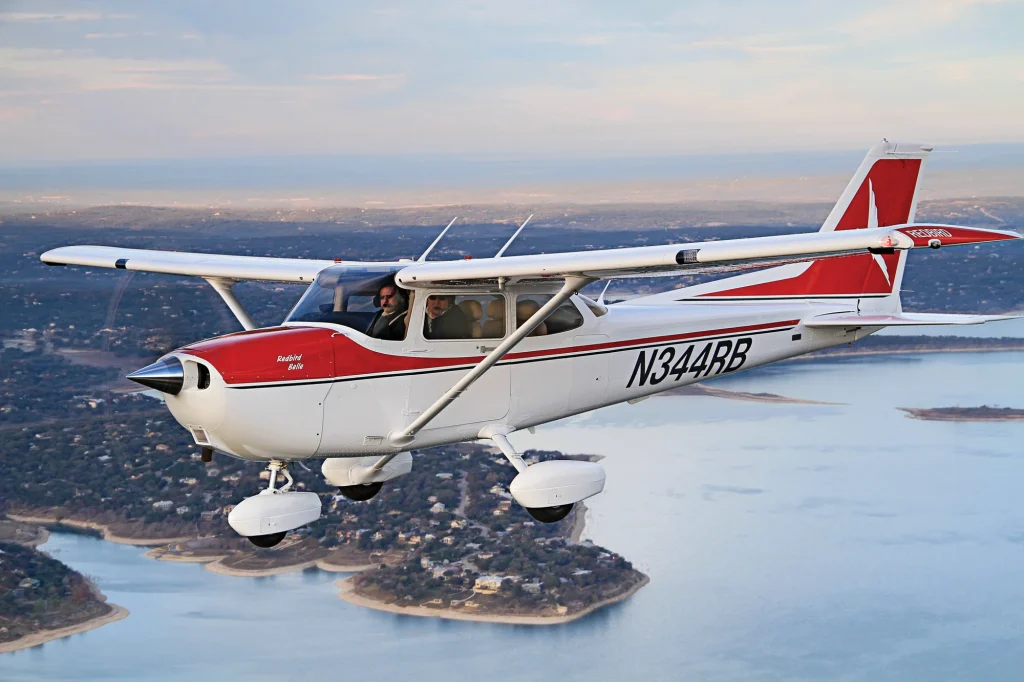
Welcome to this week’s edition of “Clearance to Fly.” In the world of aircraft ownership, few decisions impact your flying experience as much as selecting the right avionics package. With technology evolving rapidly and options multiplying, making informed choices can feel overwhelming, even for experienced pilots. Whether you’re purchasing a new aircraft or upgrading your current panel, understanding the avionics landscape is crucial for both safety and efficiency.
Understanding Avionics:
Avionics refers to the electronic systems used in aircraft for communication, navigation, flight control, and other essential functions. These systems form the technological backbone of your aircraft, directly affecting everything from situational awareness to operational capabilities.
The basic systems you’ll encounter include:
- Communication Systems (Coms) for voice communication with ATC and other aircraft
- Navigation Systems (Navs) for precise flight path tracking
- Flight Management Systems (FMS) for route planning and performance monitoring
- Autopilot systems that reduce pilot workload
- Weather detection and terrain awareness systems to identify hazards
Key Factors in Choosing Avionics Budget Considerations:
As with most aspects of aviation, avionics selection often begins with budget realities. Initial costs can vary dramatically depending on the complexity and capability of the systems you choose. A basic VFR panel might cost a fraction of what a fully integrated glass cockpit commands.
When evaluating costs, look beyond the sticker price. Consider:
- Warranty period and options for extended coverage
- -Ongoing subscription costs for databases and software updates
- Installation costs, which can sometimes exceed equipment costs
- Future upgrade paths and their potential expenses
Interestingly, FLYING Finance has observed that aircraft equipped with modern avionics often retain their value better and can command higher resale prices, potentially offsetting some of your initial investment.
Flight Mission Type:
Your typical flying profile should heavily influence your avionics decisions. A weekend VFR pilot has significantly different needs than someone regularly flying IFR for business purposes.
Ask yourself:
- Am I flying VFR only, or do I need robust IFR capabilities?
- What are my typical flight distances and destinations?
- Do I fly in challenging weather or complex airspace?
- How much automation do I want to reduce workload?
Going to a shop with a clear idea of what you want your aircraft to be capable of can decrease a lot of headache during the quoting process.
Compatibility with Aircraft Models:
Not all avionics systems work in all aircraft. Power requirements, panel space, and aircraft certification all influence what can be legally and practically installed in your specific model.
Major avionics manufacturers like Garmin, Avidyne, Dynon, Collins Aerospace, and Honeywell dominate the market, with each offering distinct advantages:
Garmin systems like the G1000 and G3000 have become industry standards for integrated flight decks, offering excellent user interfaces and comprehensive capabilities that scale well from simple piston aircraft to sophisticated jets.
Collins Aerospace equipment is commonly found in higher-end aircraft and offers robust reliability with excellent support networks.
Honeywell Aerospace systems are prevalent in larger business aircraft, providing sophisticated capabilities suited for more complex operations.
For piston aircraft owners, Garmin, Avidyne, and Dynon often provide the most cost-effective solutions with the widest range of options, though Universal Avionics offers compelling alternatives, particularly for upgrades to older aircraft.
Upgrade Options
Few decisions in aviation are truly final. As technology evolves and your flying needs change, the ability to upgrade becomes important. When selecting avionics, consider:
- Is the manufacturer likely to support this system for the foreseeable future?
- Can individual components be upgraded, or must the entire system be replaced?
- Are there software upgrades available to enhance capabilities without hardware changes?
Future-Proofing Technology
Aviation regulations and technology standards continue to evolve. Choosing systems with upgrade paths can protect your investment from obsolescence.
Look for systems that:
- Already comply with mandates like ADS-B
- Can be updated via software rather than hardware replacement
- Have a history of manufacturer support and updates
- Offer integration with portable devices and future technologies
Evaluating Avionics During the Buying Process
Start by taking inventory of your current situation and needs:
- What capabilities do you currently have or need?
- What are your operational challenges?
- How would you categorize your current pilot workload?
- What is your budget range?
Next, interview potential avionics shops. For complex installations or specialized systems, seek out shops that are factory-authorized service centers. They’ll have specialized training on manufacturer systems, ensuring proper installation and support.
During the consultation process, reputable shops should offer multiple options that fit your needs and budget, complete with demonstrations of key features and clear timelines for installation.
Common Mistakes to Avoid
In my years helping aircraft owners navigate avionics decisions, I’ve seen several recurring mistakes:
Overlooking obsolescence of legacy systems is common. Part numbers and software revisions matter significantly – they can indicate whether equipment can be upgraded to meet new regulations or operational needs.
Many buyers neglect to check if the aircraft’s current systems match its maintenance records. During pre-purchase inspections, ensure all avionics are verified as operational, not just “provisioned.”
Failing to consider service provider programs for internet, satcom, and other subscription services can lead to unexpected costs. Ownership changes often require multiple administrative steps to transfer these services.
The Right Choice Enhances Safety and Efficiency
Ultimately, well-chosen avionics do more than provide technological convenience, they fundamentally enhance safety through improved situational awareness and reduced pilot workload. They can transform your flying experience by simplifying complex tasks and providing information when and where you need it.
Take your time with this decision, thoroughly research your options, and consult with experienced professionals. The right avionics package is an investment in both your aircraft’s capabilities and your confidence as a pilot.

Keller Laseter, Chief Commercial Officer, FLYING Finance
Bringing over 10 years of aviation experience and multiple years in finance, Keller Laseter combines both of those skills to be FLYING Finance’s CCO. His leading knowledge in all categories and classes of fixed wing aircraft helps guide you through the finance process with ease and will leave you knowing you’re in great hands. Keller holds type ratings in the Beechjet 400A/XP/NXT, Embraer E-175 and has many hours in King Airs, along with other high-performance aircraft. Throughout his career, he’s had the opportunity to enjoy the world of aviation and many different operations. As an ATP, CFI, and CFII, aviation is in his blood.


